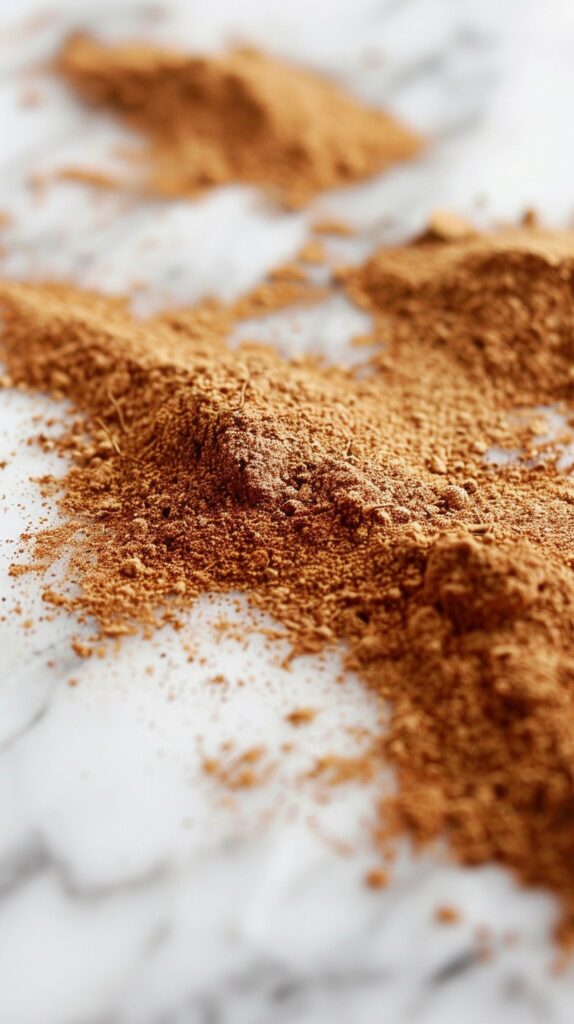Introduction
Have you ever realized how often we describe our world in terms of feel? Texture language enriches your experiences and communications, from the smoothness of kitten fur to the rough grit of sandpaper. This piece opens up the diverse and vibrant universe of words describing texture that can be a useful resource for writers and an intriguing perspective on sensory detailing.

Delving into Texture Vocabulary
Texture Descriptions: Basics
Texture could generally be grouped into four – rough, smooth, soft and hard. However, the vocabulary used can be much more subtle than just conveying how it feels but also encompassing the emotional or physical response it elicits.
Rough Textures
Abrasive: Suggests harsh or coarse surface causing scratches.
Jagged: Often irregular sharp projections that may appear rugged or dangerous.
Bumpy: Regular or irregular raised spots which give an uneven surface.
Smooth Textures
Slick: Smooth and shiny often indicates wetness or slipperiness.
Velvety: Softly dense with a smoothness like velvet fabric.
Sleek: Refers to hair, fabric or technological gadgets that are smooth shiny and streamlined quite often.
Advanced Sensory Adjectives
For some textures beyond simple descriptions, it is necessary to combine several adjectives for their accurate comprehension as tactile palpation experience becomes more difficult than this in many cases.
Soft Textures
Feathery: Like feathers—light air-like ones!
Pillowy: Soft with plumpness signifying comfortableness and tenderness.
Fuzzy: Somewhat course but mostly soft with small soft fibers covering them all over.
Hard Textures
Crystalline: Hard material having clear structure which usually sparkles or glows.
Granular: Composed of little particles made up of grains that are hard textured granules like material they constitute.
Rigid : Can mean both things like rules (non flexible) as well as material.
Textural Metaphors and Similes
Metaphors and similes are effective ways of enlivening texture descriptions by associating a tactile sensation with familiar objects or experiences.
Examples of Effective Metaphors
The walls had the sadness of peeling wallpaper — lifeless and flaky.
His voice was silk, smooth and enveloping in the cool evening.
Engaging with Similes
Soft as marshmallow: An extreme softness coupled with squishiness is implied here.
Rough as gritstone: A very coarse harsh surface is suggested here.
Textures in Everyday Life
Every day, we encounter a variety of textures ranging from those that our clothes have to the ones found on devices. Explaining these experiences will enhance our writing and understanding of senses.
Clothing Textures
Cotton: It is usually stated how soft, breathable and comfortable it feels like.
Denim: Rugged jeans having distinctive ribbing pattern diagonal to the weave along which they loop around threads.
Technological Textures
Metallic: Always feeling sleek, cool when touched commonly used in modern designs.
Rubberized: Slightly bouncy or springy often has good grip.
Conclusion
Taking time to explore and describe textures not only adds depth to our senses but also enriches our writing. By expanding your vocabulary range and applying imaginative metaphors or similes, you will be able to convey better the complexity inherent in the physical world around us. Next time you write, listen to your surrounds’ textures as they dictate your descriptions on paper. Mastering the language of texture whether for creative writing purposes or communications even personal reflection can give one an important tool for expression.
Takeaway: Embed sensory description into your daily life – there’s nothing richer than this! Let’s find unique words and phrases for every texture around us because there are many types of them.